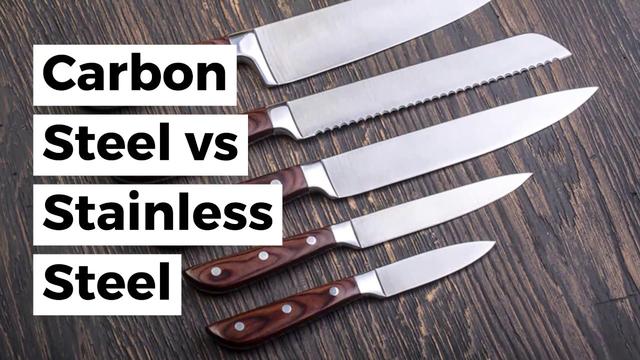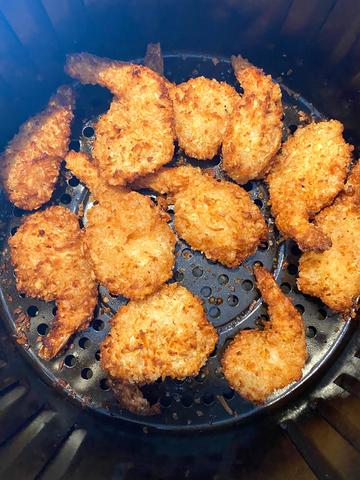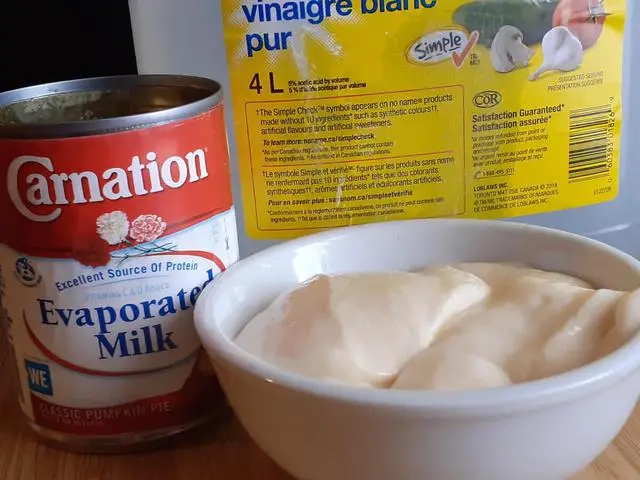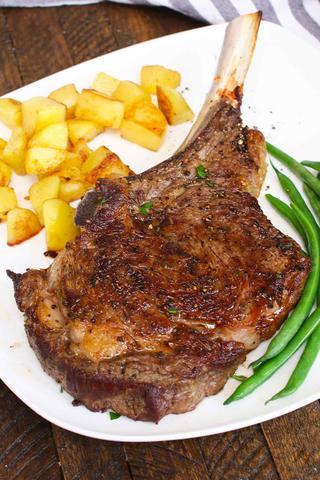
Introducing “Cowboy Chop” – A Western-Inspired Culinary Delight! Saddle up for a mouthwatering adventure as we bring you the perfect blend of rustic flavors and hearty cuts of meat. Our expert chefs have mastered the art of grilling, infusing each chop with smoky goodness and an authentic cowboy touch. Get ready to indulge in a truly unforgettable dining experience that will transport you straight to the wild, wild west. Giddy up and taste the bold flavors of Cowboy Chop today!
What is a Cowboy Steak? Cut Explained
A cowboy steak can be difficult to define as different resources provide different definitions. However, the most popular idea is that it is a bone-in ribeye steak that may or may not be frenched. If the bone is less than 5 inches, it is considered a cowboy steak, while if it exceeds 5 inches, it is called a tomahawk steak.
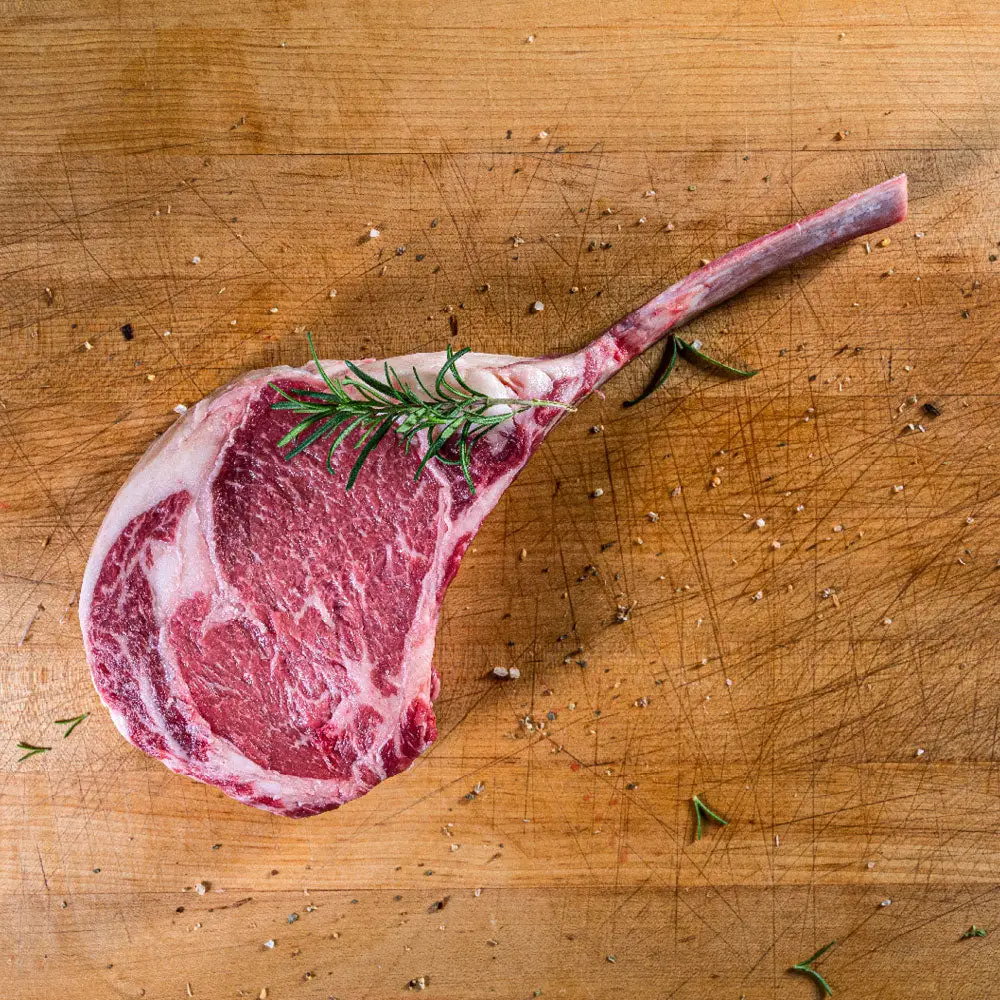
Restaurants often use the term “cowboy steak” to entice customers, and it has been used to describe various cuts of steak, including top sirloin and porterhouse. However, the most common standardization today is the ribeye steak.
To cook a cowboy steak, reverse searing is a popular method. This involves creating a two-zone fire with one cool zone and one hot zone. The steak is gradually cooked in the cool zone before being seared in the hot zone.
The Nomenclature of “Cowboy Steak”

Defining what exactly constitutes a “cowboy steak” can be challenging as different sources offer varying definitions. However, the most popular idea is that a cowboy steak is a bone-in ribeye steak, which may or may not be frenched. If the length of the rib bone is less than 5 inches, it falls under the category of a cowboy steak, while if it exceeds 5 inches, it is considered a tomahawk steak.
Restaurants have the freedom to name their steaks as they please in order to attract customers. This has resulted in the term “cowboy steak” being used to describe various cuts of meat, including top sirloin and porterhouse steaks. The North American Meat Processors Association (NAMP) refers to cowboy steaks as ribeye steaks with completely trimmed rib bones. However, there seems to be no explicit reason for using the term “cowboy” and it may simply be associated with large cuts of meat.
Despite differing definitions, the most common understanding today is that a cowboy steak is a bone-in ribeye steak. The length of the rib bone does not affect how the steak cooks or tastes and is often wrapped for presentation purposes. One popular cooking method for cowboy steaks is reverse searing, which involves gradually bringing up the internal temperature before searing over high heat.
What Cut of Meat is a Cowboy Steak?
A cowboy steak is typically a bone-in ribeye steak. It may or may not be frenched, meaning that the rib bone may be exposed or completely trimmed of inter-costal meat. The length of the rib bone can vary, with lengths less than 5 inches considered a cowboy steak and lengths exceeding 5 inches classified as a tomahawk steak.
There is no standardized definition for a cowboy steak, and different restaurants and resources may use the term to describe various cuts of steak. This lack of consistency stems from restaurants’ desire to entice customers by using enticing names for their menu items.
The term “cowboy” has been used to describe large cuts of steak, including top sirloin, porterhouse, and ribeye. However, the most common interpretation today is that it refers to a bone-in ribeye steak. The length of the rib bone does not affect how the steak cooks or tastes and is often wrapped for presentation purposes.
A popular method for cooking a cowboy steak is through reverse searing. This involves creating a two-zone fire on a grill, allowing the steak to gradually come up in internal temperature in the cool zone before searing it in the hot zone. Another option is to sear the meat on a grill or cast iron skillet and finish it in the oven.
Dry brining by salting the surface of the steak allows for better crust formation. Resting the cooked steak is not as crucial as some believe, as carry-over cooking will continue after removing it from high heat. Slicing against the grain after resting is important for an improved eating experience.
How to Cook a Cowboy Steak

Cooking a cowboy steak requires a two-zone fire, with one zone being cool and the other zone being hot. Start by lighting a full chimney of charcoal and wait for the coals to ash over. Dump the charcoal to one side of the grill to create the two-zone fire.
Place the cowboy steak in the cool zone and allow it to gradually come up in temperature. Use an instant-read thermometer to determine when to move the steak to the hot zone. For medium-rare doneness, move the steak when its internal temperature reaches around 115-120°F.
Once on the hot zone, sear each side of the steak for about 2 minutes. Be mindful of flare-ups from fat or drippings hitting the hot coals. After searing, remove the steak from heat and let it rest for a few minutes before slicing against the grain.
1. Dry Brining the Cowboy Steak
1. Dry Brining the Cowboy Steak:
Dry brining is a technique used to enhance the flavor and tenderness of the cowboy steak. The process involves salting the steak and allowing it to rest for 40-60 minutes, which allows the salt to dissolve and reabsorb into the meat. This creates a dry surface on the steak, which helps to develop a better crust when cooked.
2. Creating a Two-Zone Fire:
To cook the cowboy steak using the reverse sear method, it is important to create a two-zone fire on your grill. This involves placing all of the lit charcoal on one side of the grill to create a hot zone, while leaving the other side empty for indirect cooking. This allows for gradual cooking of the steak in the cool zone before searing it in the hot zone.
3. Cooking and Resting:
Once you have created a two-zone fire, place the cowboy steak in the cool zone and allow it to gradually come up in temperature. Use an instant-read thermometer to monitor its internal temperature until it reaches around 115-120°F for medium-rare doneness. At this point, move the steak over to the hot zone for searing.
4. Searing and Finishing:
Sear each side of the cowboy steak for about 2 minutes on high heat in the hot zone of your grill. Be mindful of flare-ups from fat drippings hitting the coals. Once both sides are nicely seared, remove the steak from heat and bring it inside.
5. Resting and Slicing:
While resting is not as crucial for smaller cuts like cowboy steaks, it is still recommended to let it rest for a few minutes before slicing. This allows any carry-over cooking to occur and ensures that juices redistribute throughout the meat. Slice against the grain before serving for optimal tenderness.
Overall, dry brining, creating a two-zone fire, careful cooking, and resting are all important steps in achieving a delicious and tender cowboy steak.
2. Creating a Two-Zone Fire
To cook a cowboy steak, you need to create a two-zone fire on your grill. This means having one zone that is cool and indirect, and another zone that is hot and direct. Start by lighting a full chimney of charcoal and wait for the coals to ash over. Once they are ready, dump the charcoal to one side of the grill to create the two zones.
Once you have created the two-zone fire, place the cowboy steak in the cool zone and allow it to gradually come up in temperature. Use an instant-read thermometer to monitor the internal temperature of the steak. When it reaches around 115-120°F, move it to the hot zone to sear.
Sear the cowboy steak for about 2 minutes on each side over high heat in the hot zone of your grill. Be cautious of flare-ups from fat or drippings hitting the coals. After searing, remove the steak from heat and let it rest for a few minutes before slicing.
3. Reverse Searing the Steak
To reverse sear a cowboy steak, start by creating a two-zone fire on your grill. This involves having one side of the grill with direct heat and the other side with indirect heat. Fill up a charcoal chimney with briquettes or lump charcoal and light it using a tumbleweed or other fire starter. Once the coals have ashed over, dump them onto one side of the grill to create the hot zone.
Next, place the cowboy steak on the indirect heat side of the grill and allow it to gradually come up in temperature. Use an instant read thermometer to monitor the internal temperature of the steak. When it reaches around 115-120F for medium-rare, move it over to the hot zone to sear.
Cook each side of the steak for about 2 minutes on high heat to achieve a nice crust. Be cautious of flare-ups from fat dripping onto the hot coals. After searing, remove the steak from the grill and let it rest for a few minutes before slicing against the grain and serving.
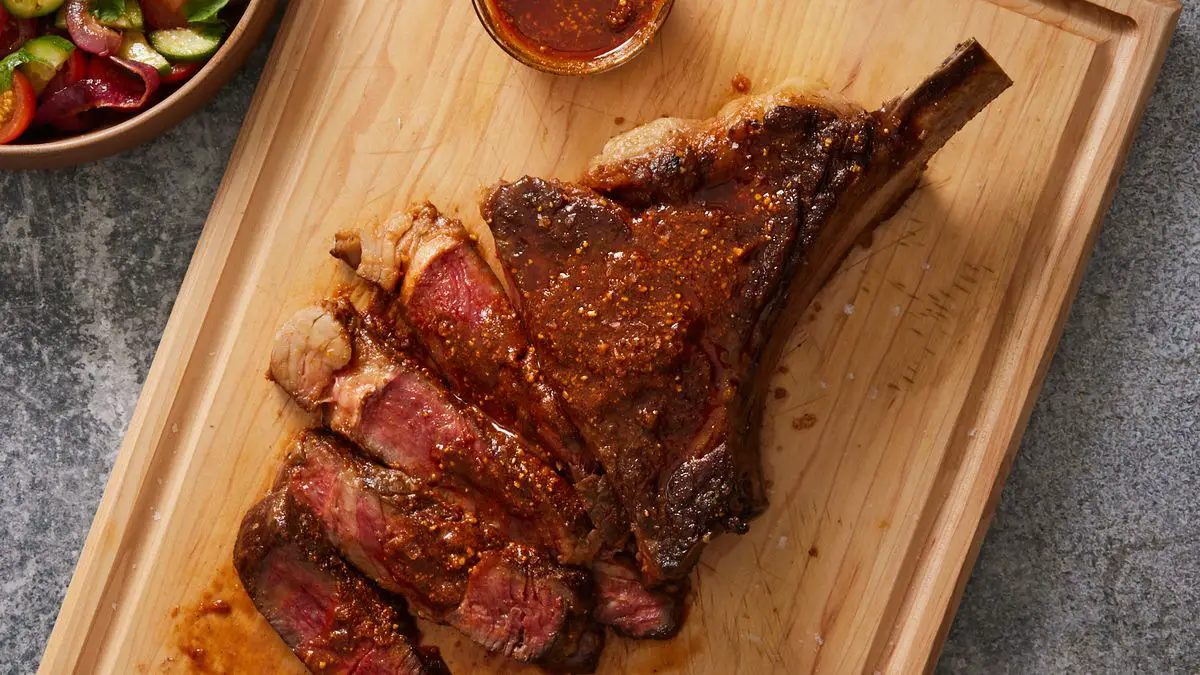
4. Resting the Steak?
Resting a steak after cooking is a common practice that many people believe is crucial for achieving the best results. However, there are varying opinions on the importance of resting steak.
Some argue that resting allows the juices to redistribute within the meat, resulting in a more evenly cooked and flavorful steak. It also gives the meat time to relax and become more tender. Resting for about 5 minutes per inch of thickness is generally recommended.
On the other hand, some chefs and cooks believe that resting does not significantly impact the final outcome of the steak. They argue that any carry-over cooking that occurs during resting can actually lead to overcooking and a less desirable texture.
In conclusion, the Cowboy Chop is a delicious and versatile dish that pays homage to the rugged and adventurous spirit of cowboys. With its tender and flavorful meat, it offers a unique culinary experience for steak lovers. Whether enjoyed on its own or paired with various sides, this iconic cut of beef is sure to satisfy any cowboy’s appetite.
Learn More About Grilling
If you want to learn more about grilling, check out these other helpful resources!


